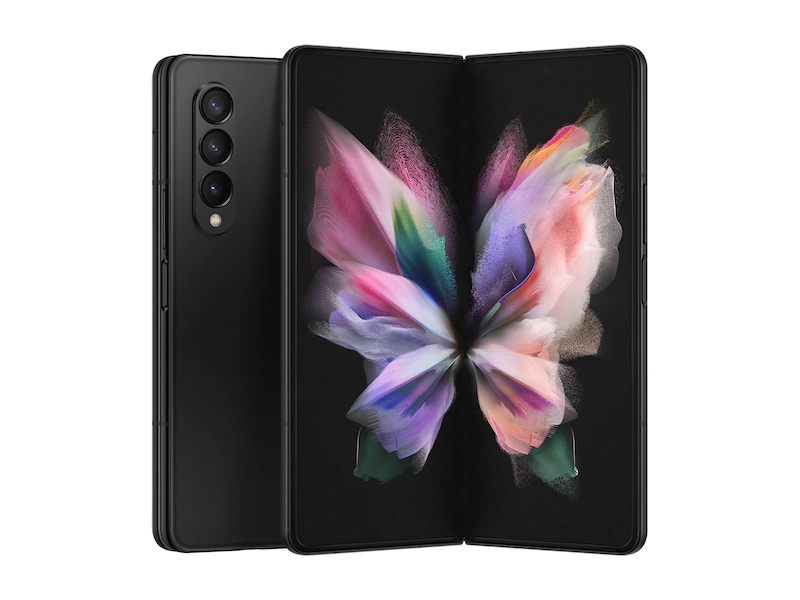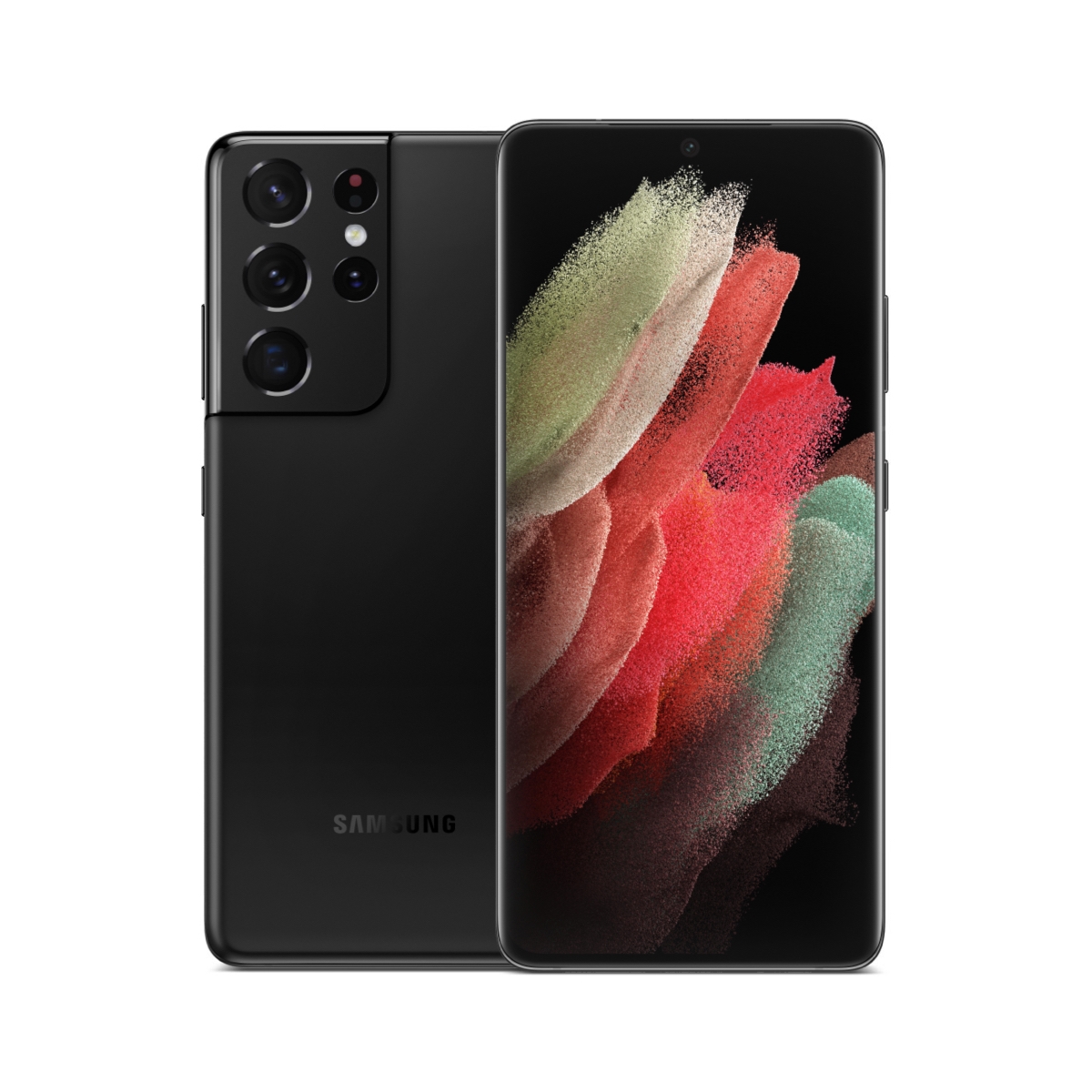Samsung Galaxy Z Fold3 5G 512GB (Unlocked)
Work smarter on the ultimate 3-in-1 device: foldable phone, tablet and PC.Experience virtually no lag with ultrafast 5G connectivity. Sleek cover display unfolds to an expansive 7.6″edge-to-edge display. With Knox Security and Knox Vault, you’re covered from chip to cloud.
Unfold a new way of working
See more and do more with the ultimate foldable screen that puts both a phone and tablet right in your pocket. The sleek cover display1 unfolds to double the size, providing one expansive 7.6″ edge-to-edge display, so you can get work done like never before.
Carry less, do more
Galaxy Z Fold3 is your 3-in-1 solution for ultimate productivity. Closed, it’s a powerhouse phone. Unfolded, it’s a super-slim tablet. Or wirelessly connect to a compatible display with Samsung DeX2 and launch a desktop productivity session powered by your Galaxy Z Fold3.
Now your Office fits in your pocket
Business never sleeps, and now it doesn’t have to be confined to a desk either. Galaxy Z Fold3 comes integrated with Microsoft Office, OneDrive and Teams so you can easily access all your files, photos and reminders—whether you’re in the office, working from home or on the move.
More windows. Less juggling.
Work smarter, not harder, across three apps at once that allow you to schedule, edit and build presentations in side-by-side view4,5—or take notes with the S Pen.
The ultimate business flex
Do more at the same time with Galaxy Z Fold3 Flex Mode. Fold it at any angle and hold it any way you like—or go hands-free to keep business moving wherever.
Phone and PC, beautifully in sync
Link to Windows gives you the power to sync your phone with your PC, so you can work from your phone without even picking it up.
Additional information
| Main Screen | 2208 x 1768 |
|---|---|
| Cover Screen | 862 x 2268 |
| Main Display Size | Main Screen: 7.6'' |
| Dimension (HxWxD ,mm) | Open: 158.2 x 128.1 x 6.4 mm |
| Weight (g) | 271g |





Reviews
There are no reviews yet.